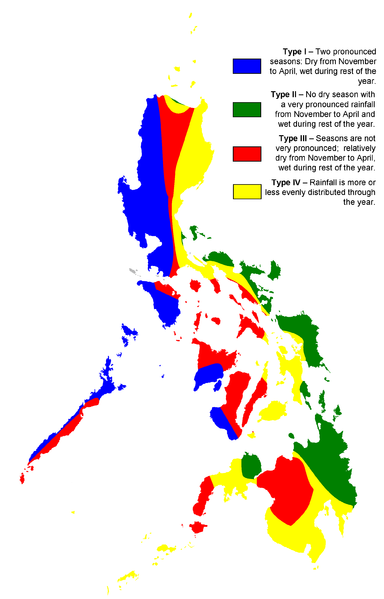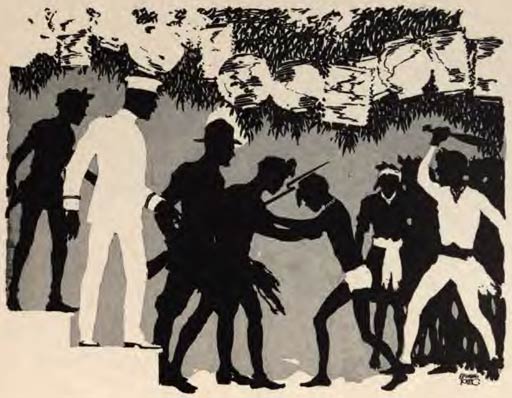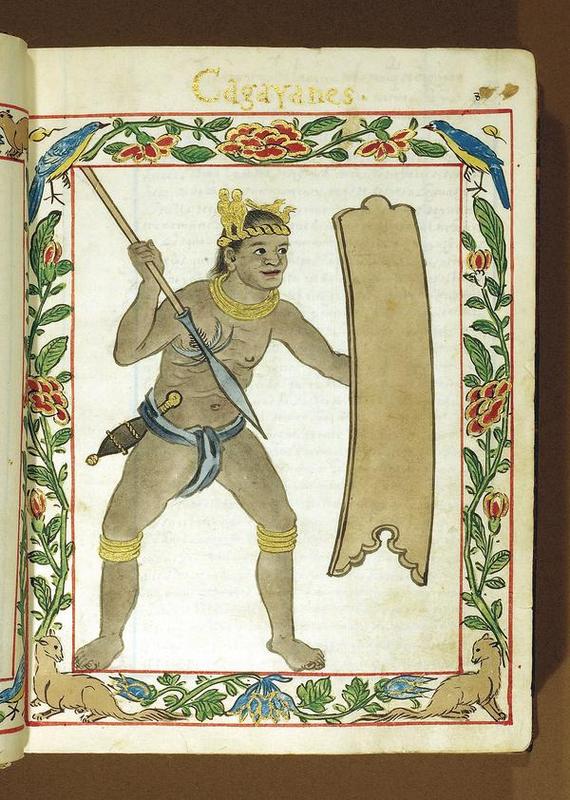Author’s note: This was first published on 18 May 2003 under my Pathless Travels column published by Northern Dispatch (Nordis) Weekly. I’m reposting it here in three parts, with some revisions to update my own understanding of the issue, and to make it more timely. Read Part 2 here.

After a couple of false starts, I guess we can now safely welcome the onset of that relentless stretch of scorching days we call “Philippine summer.” You know, school’s out, need to beat the heat, so everyone and their dog head to the beaches or to the mountains.
Invariably, planning one’s summer itinerary soon leads to more talk about the coming rains and one’s school plans at the end of the so-called “Philippine summer.” Invariably, too, the changing of the seasons also revives the long-standing suggestion of changing the Philippine school calendar so that classes start in September instead of June.
The usual argument is that, supposedly, the rainy season is at its heaviest —and thus most disruptive of classes — during the months of June, July and August. Hence the presumed advantage of starting the school year in September.
The other side of the debate objects to the idea, realizing that the proposal will turn April, May and June into school months. “You policy freaks are so killjoy. Get a life! Summer is for kids, so let them enjoy it without worrying about classes,” they will argue. The presumption, of course, is that there’s an unchanging, non-negotiable Pinoy summer.



